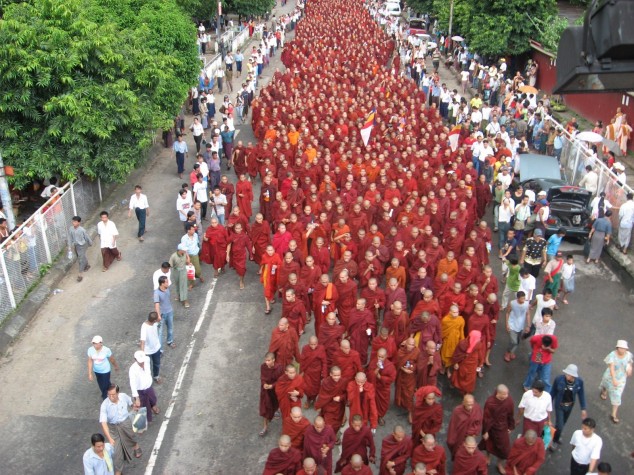
Swedish National Heritage Board
Martin Rundqvist at ScienceBlogs describes the dig:
Excavations in waterlogged sediment along River Motala ström have produced great numbers of bone and wood objects that have rarely been preserved elsewhere. Most are harpoon and leister points, but now a bone dildo (a boner?) has joined the growing collection. Measuring twelve by two centimetres, its size is perhaps not very impressive, and there are many non-dildoish uses for which it may have been intended.The articles note that relatively few phalluses are known from the stone age (mesolithic, neolithic) compared to the number of artifacts showing voluptuous female forms. Of course, if phalluses were usually carved in bone or wood, they wouldn't survive like clay or stone. The site at Motala is unusual because organic material is preserved so well.

Was it used for chipping stone tools? As a dildo? Both?!?!?! The coverage is very cautious:
"Your mind and my mind wanders away to make this interpretation about what it looks like – for you and me, it signals this erected-penis-like shape," said archaeologist Gšran Gruber of the National Heritage Board in Sweden, who worked on the excavation. "But if that's the way the Stone Age people thought about it, I can't say."Part of science is not jumping to conclusions, but jeez, let's not overdo it.

Another look (SNHB).
Whether it's a dildo or not is a different story. Dildos have a pedigree going back at least to Classical Greece - see the jokes about lost dildos in Aristophanes' Lysistrata, or Herodas Mime 6, where we learn that shoemakers sometimes also took orders for custom-made toys (red leather!)1 I find the idea of much older dildos totally unsurprising perhaps because I assume that ancient people were just as creative (and sex-obsessed) as we are. Another instance of archaeological optimism, if you will!
Of course, any kind of decoration is a problem for archaeologists. Does the decoration mean it was 'symbolic' and not functional? If we're not sure what it was, it must be a ritual item! At least the archaeologists here have a functional hypothesis - or as one commenter jokes, maybe using a dildo for flint-knapping gave the owner 'plausible deniability'. It's true that we can't say for sure. But the guys interviewed in this Livescience article sure are trying hard to avoid the idea that this thing is even penis-shaped, much less a sex toy.
That seems kind of weird to me. But of course, most of the world's archaeologists come from cultures with a strange attitude toward representations of sex. By which I mean the Judeo-Christian-Islamic strain of monotheism, which has a conspicuous lack of festivals celebrating giant penises. In a lot of cultures such things are normal and fun: a Dionysian phallus-fest in a modern Greek village, various Japanese fertility festivals, or the veneration of the lingam of Shiva are just things people do. And then there's this unforgettable description of a Dionysian procession in Alexandria sponsored by Ptolemy II (mid-200s BC):
In another [cart] was a gold phallus one hundred and eighty feet (55m) long, painted in various colours and bound with fillets of gold; it had at the extremity a gold star, the perimeter of which was nine feet.2

Oops, not supposed to see that.
It might be stretching the article too much to say that the dildo-skepticism is part of some kind of Christian cultural baggage. But how much does cultural 'common sense' affect our interpretation of objects, archaeologically? Would Japanese or Indian archaeologists approach this find less cautiously? Would it even be newsworthy in a culture that wasn't still afraid of sex? Given that relatively few countries dominate world archaeology, how much of what we think we know about the past is colored by our cultural conditioning?
1 One could do a blog full of nothing but archaeological penises. I'll even let you claim credit for the idea if you start it.
2 From Callixeinos of Rhodes, quoted in Athenaeus' Deipnosophistae 413D.






